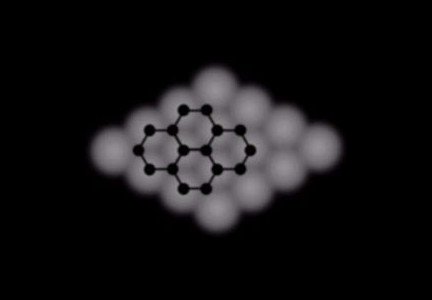Highly Orientated Pyrolytic Graphite (HOPG)
HOPG Samples
Unmounted 10 x 10 mm HOPG samples are available with:
Highly Oriented Pyrolytic Graphite (HOPG) and Thermoconductive Pyrolytic Graphite (TCPG) are forms of high purity Pyrolytic Graphite annealed under pressure and high temperatures and refer to graphite with an angular spread between the graphite sheets of less than 1°.
Further Information
HOPG terminated with graphene layer is an excellent tool for use in scanning probe microscopy (SPM) as a substrate or calibration standard at atomic levels of resolution. This is an easily renewable material with an extremely smooth surface, cleaving almost like mica.
The usual approach to cleave HOPG is to take a piece of tape, press it onto the flat surface, pull it off and the tape invariably takes with is a thin layer of HOPG. This freshly cleaved surface is what is used as sample substrate material. It has an ideal atomically flat surface and provides a background with only carbon in the elemental signature thus making results in a featureless background. This is vital for SPM measurements that require uniform, flat, and clean substrates, for samples where elemental analysis is to be done.
HOPG specimens are layered polycrystals, similar to mica. Each bulk polycrystal looks like a mosaic of microscopic monocrystal grains of different sizes. The structure is columnar, the columns run vertically within the flat slab of the material, and the grain boundaries can be seen on the lateral surfaces. The grains are slightly disoriented with respect to each other. The surface of the specimen consists of many randomly placed steps – a result of the cleaving process: single atomic steps and steps of several or dozens of atomic layers cane be present. Although the heights of multilayer hills and valleys are not calibrated, single steps have the well-defined height of 0.34 nm and can be used for calibration in z direction. To characterize the angle of deviation of the grain’s boundaries from the perpendicular axis of the columnar structure, a measure of the parallelism of grains or quality of HOPG samples, the term “mosaic spread” term is used. The lower the mosaic spread, the more highly ordered the HOPG.
Lower spread HOPG is best for research purposes, with lower spread HOPG being more affordable but also with more interesting features for measurement in SPM educational labs or classes.


